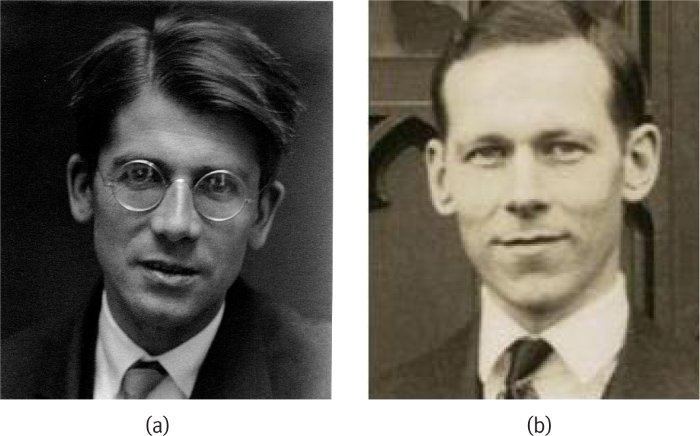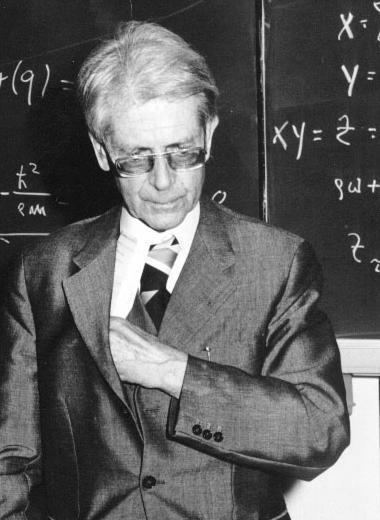Nationality German Role Physicist Children Gerhard Hund | Name Friedrich Hund | |
 | ||
Born 4 February 1896Karlsruhe ( 1896-02-04 ) Doctoral students Harry LehmannCarl Friedrich von WeizsackerJurgen SchnakenbergEdward Teller Books The History of Quantum Theory Similar People Max Born, Wolfgang Pauli, Walther Bothe, Carl Friedrich von Weiz, Werner Heisenberg | ||
Grandchildren Barbara Hund, Isabel Hund | ||
Friedrich Hermann Hund (4 February 1896 – 31 March 1997) was a German physicist from Karlsruhe known for his work on atoms and molecules.

Hund worked at the Universities of Rostock, Leipzig, Jena, Frankfurt am Main, and Göttingen.

Hund worked with such prestigious physicists as Schrödinger, Dirac, Heisenberg, Max Born, and Walter Bothe. At that time, he was Born's assistant, working with quantum interpretation of band spectra of diatomic molecules.

After his studies of mathematics, physics, and geography in Marburg and Göttingen, he worked as a private lecturer for theoretical physics in Göttingen (1925), professor in Rostock (1927), Leipzig University (1929), Jena (1946), Frankfurt/Main (1951) and from 1957 again in Göttingen. Additionally, he stayed in Copenhagen (1926) with Niels Bohr and lectured on the atom at Harvard University (1928). He published more than 250 papers and essays in total. Hund made pivotal contributions to quantum theory - especially concerning the structure of the atom and of molecular spectra.

In fact, Robert S. Mulliken, who was awarded the 1966 Nobel Prize in chemistry for molecular orbital theory, always proclaimed the great influence Hund's work had on his own and that he would have gladly shared the Nobel prize with Hund. In recognition of the importance of Hund's contributions, MO theory is often referred to as the Hund-Mulliken MO theory. Hund's rule of maximum multiplicity is another eponym and, in 1926, Hund discovered the so-called tunnel effect or quantum tunnelling.
The Hund's cases, which are particular regimes in molecular angular momentum coupling, and Hund's rules, which govern electron configurations, are important in spectroscopy and quantum chemistry. In chemistry, the first rule, Hund's rule of maximum multiplicity, is especially important and is often referred to as simply Hund's Rule.
On the occasion of his 100th birthday, the book: Friedrich Hund: Geschichte der physikalischen Begriffe [History of Physical Concepts] (Heidelberg, Berlin, Oxford), Spektrum, Akademie Verlag 1996, ISBN 3-8274-0083-X was published. A review was also written by Werner Kutzelnigg.
In addition to the many honors bestowed upon him, Friedrich Hund became an honorary citizen of Jena/Saale, and a street in Jena was named after him. In June 2004, a part of a new building of the Physics Department in Göttingen was given the address Friedrich-Hund-Platz 1. The same name was chosen for the Institute for Theoretical Physics at the University of Göttingen.
He was a member of the International Academy of Quantum Molecular Science. His son is chess player and mathematician Gerhard Hund.
